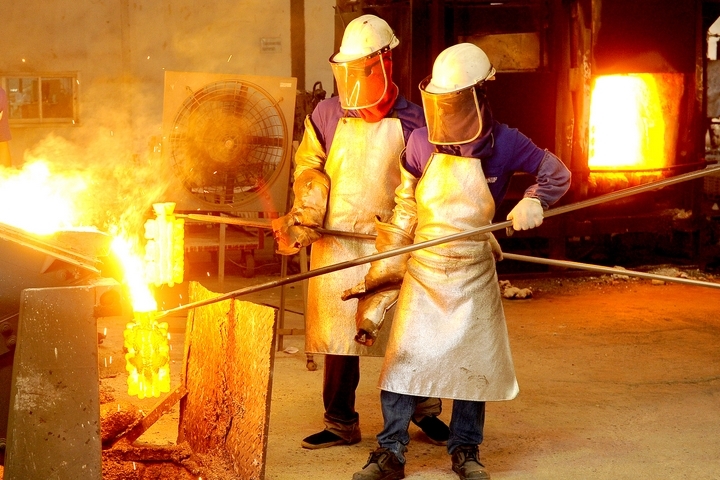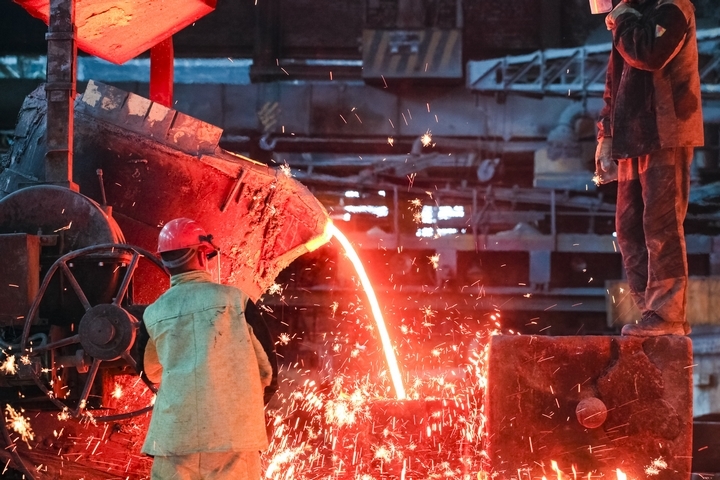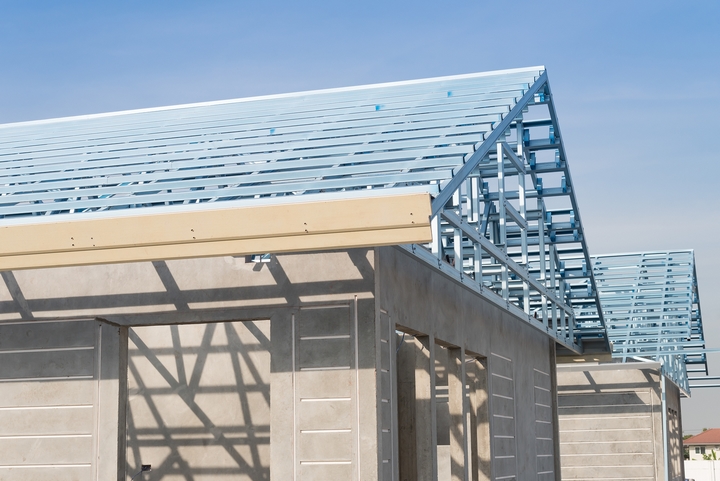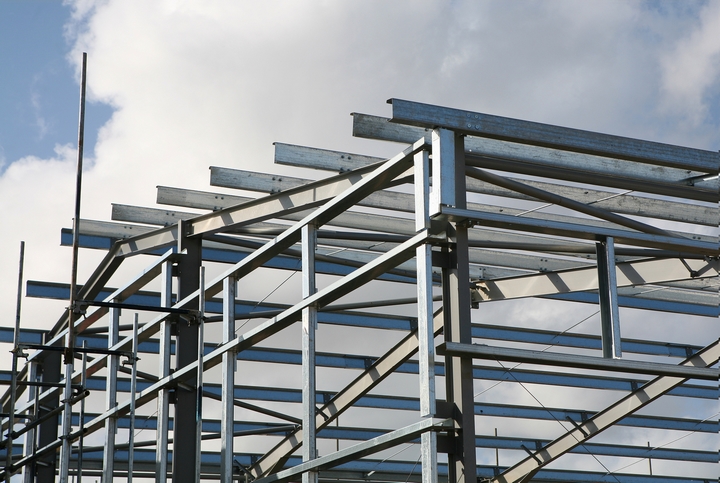Heat resistant materials are used in construction, aerospace engineering, robotics and many other industries. There are varied safety implications in the use of these materials and below are five facts you should know.
1. Why Materials Resistant to Heat Are Needed

The primary benefit of materials resistant to heat is thermal insulation. The reason why it’s beneficial is because it protects against temperatures that are extreme, just as the term “heat resistant” denotes. When using this type of material in construction, there are a wide variety of configurations available based on the application. There are ready-made heat resistant materials adequate for thousands of applications.
2. Coatings Used for Heat Resistance

It’s common to develop materials resistant to heat by adding a coating to existing materials. The type of coating added depends on the exact purpose for which it’s being used. Some of the most common coatings are silicone, neoprene and ceramic. In some instances, additional elements are added for improved heat resistance. Other materials have added elements for UV protection.
3. How Heat Resistance Is Applied

One of the most common applications of materials resistant to heat is in fabrics used for airplanes. The reason why it’s necessary is because airplanes experience extreme heat and temperatures during different phases of the flight. The heat must be contained so that it does not affect the cockpit or the cabin. Heat resistant materials are partially what makes for a comfortable flight. It’s also what helps prevent fires. Materials resistant to heat used in robotics can serve the purpose of preventing fires.
4. When These Materials Are Most Used

When materials resistant to heat are used in the construction industry, one of the most common applications is for furnaces. This includes the burners and linings of the furnace. By using materials that are heat resistant, builders are able to reduce the risk of interior and exterior components melting. It can also serve the purpose of preventing corrosion.
5. Amount of Protection Provided

Materials that are resistant to heat are being produced in a greater number of configurations to accommodate a growing need across industries. These materials have the ability to withstand heat greater than 1750 Fahrenheit and 950 Celsius. One of the most common materials is silica because it’s flexible and is often used as a textile within the fashion industry.
Materials resistant to heat help to protect people everyday. They are found wherever there’s a need to mitigate the issue of high heat for safety purposes. Some enterprises require customized materials to accommodate their unique needs. There are reputable manufacturers of heat resistant materials that offer an extensive number of options. More information can be found by visiting adlinsulflex.com.

